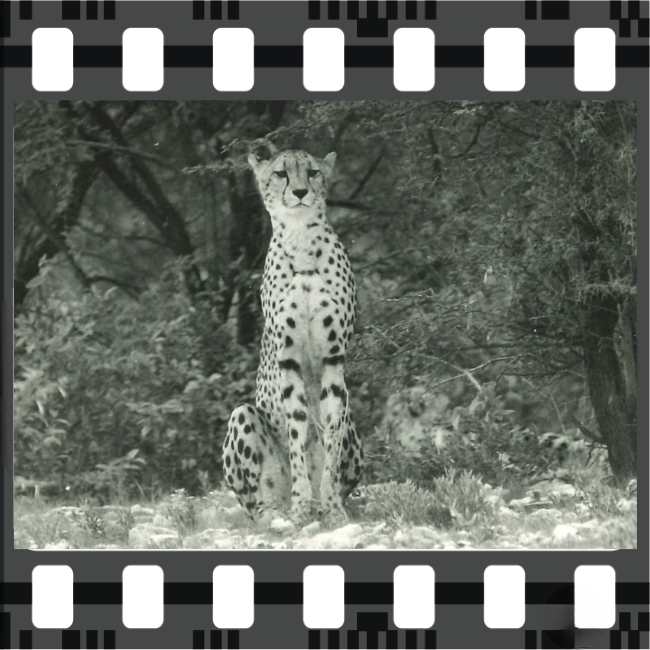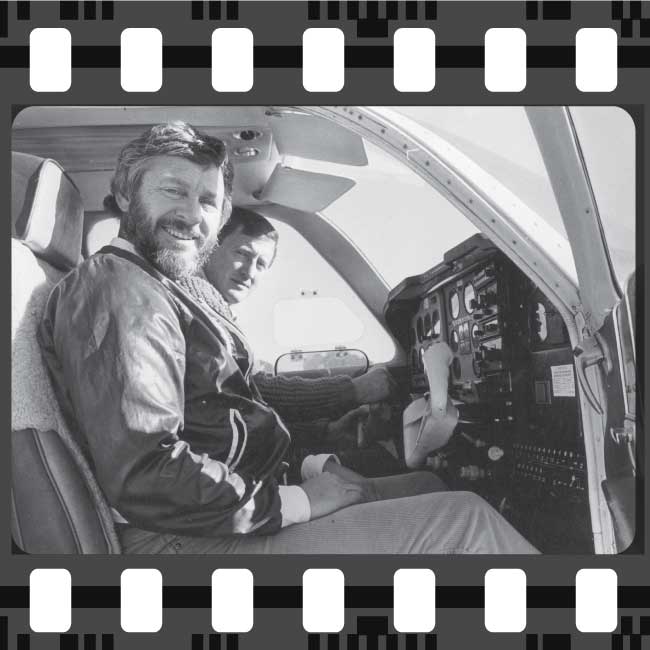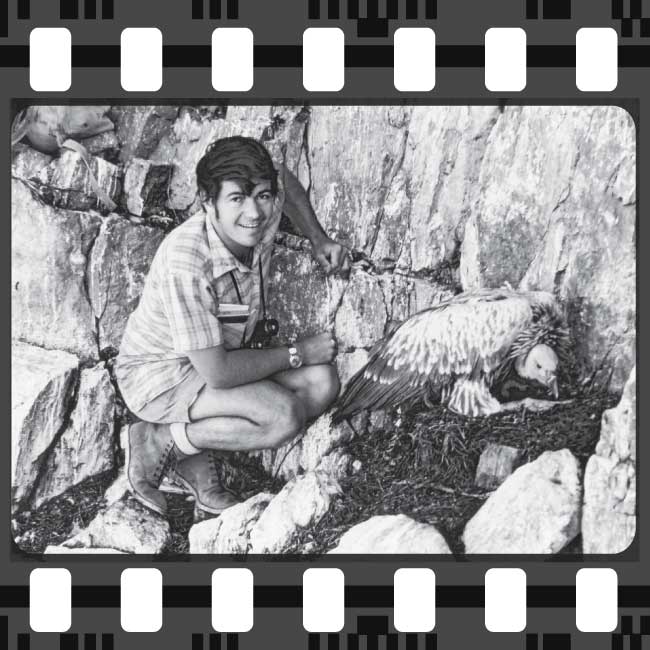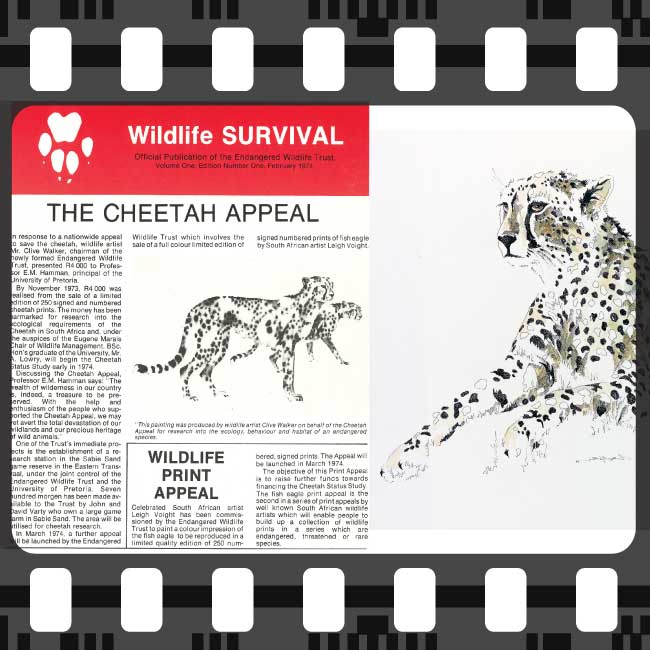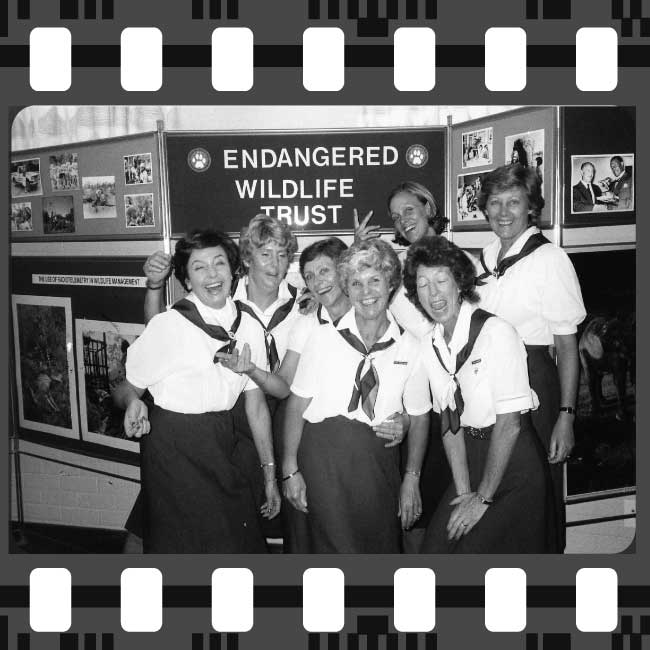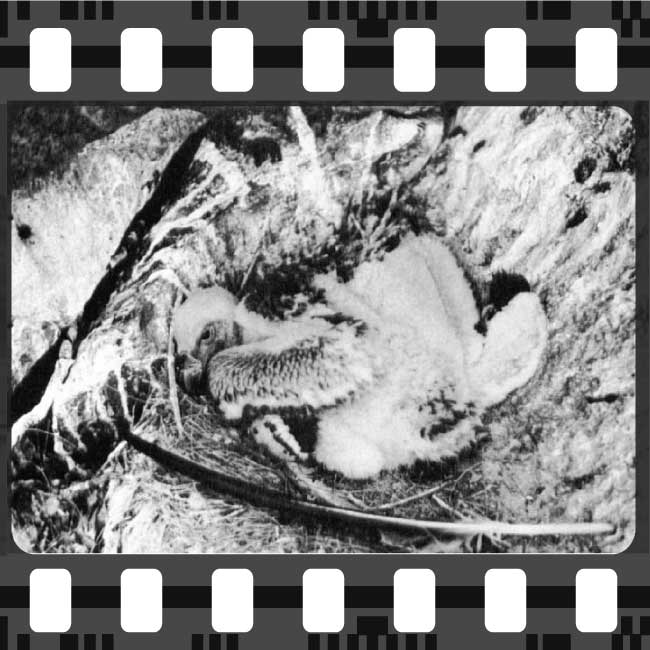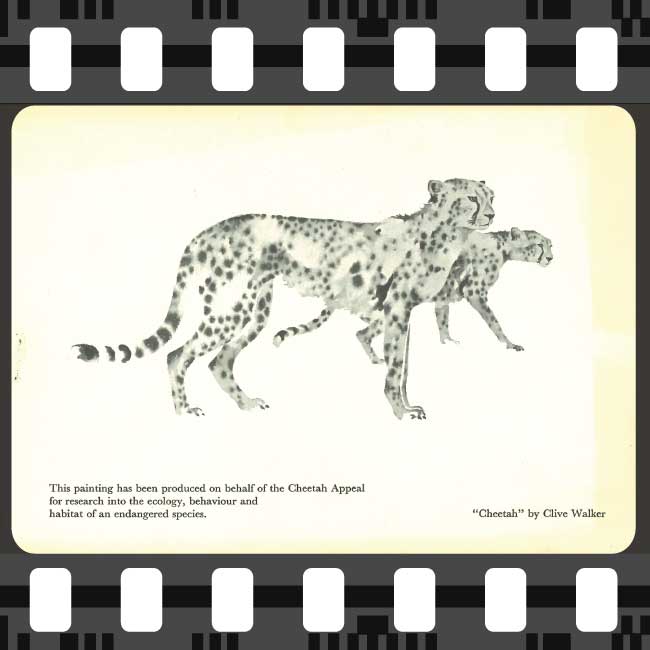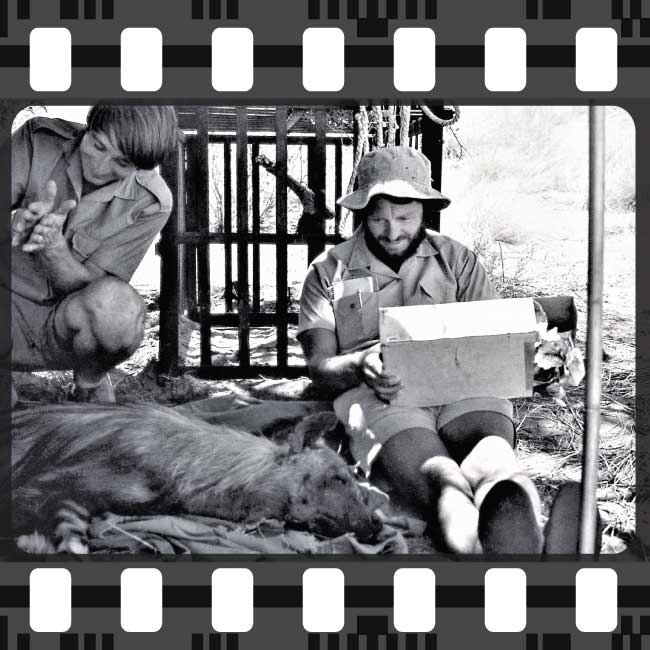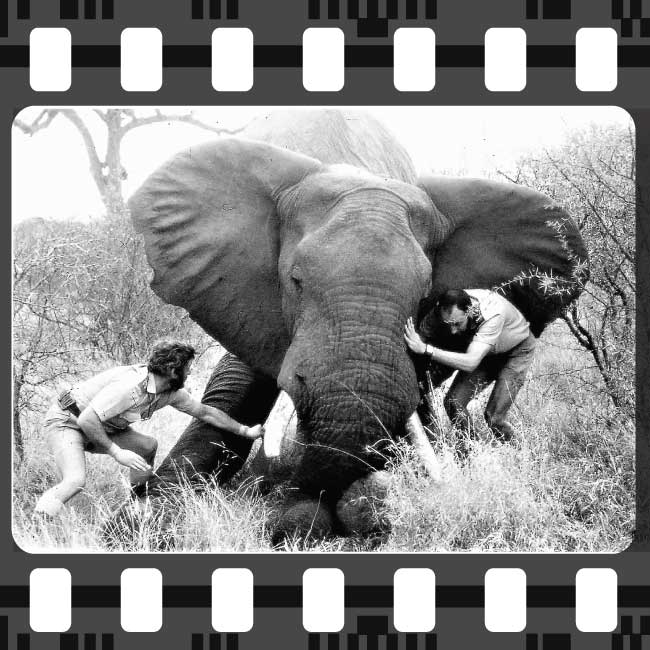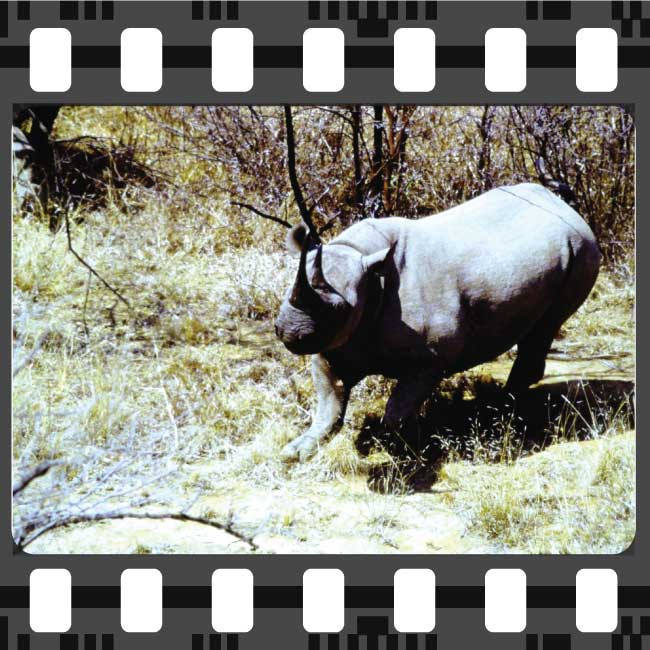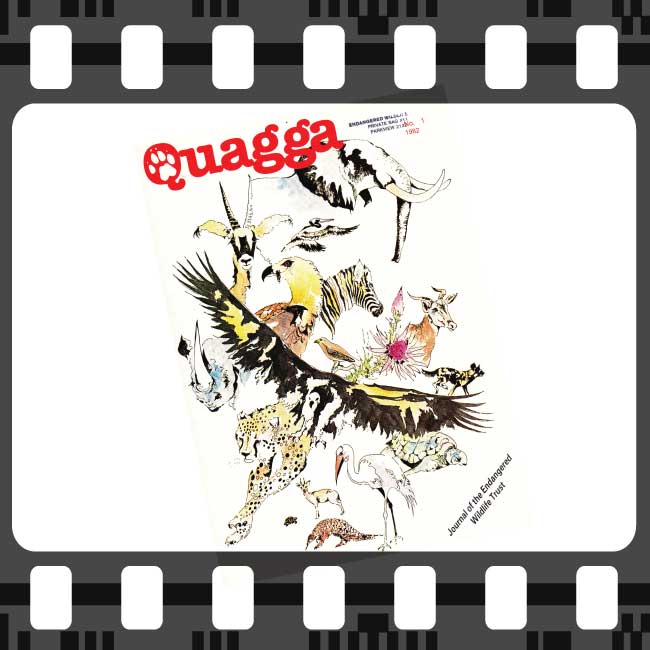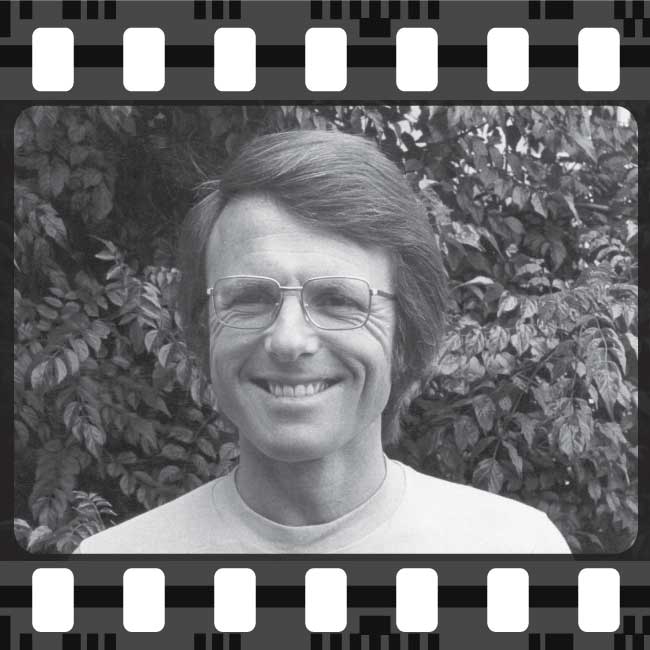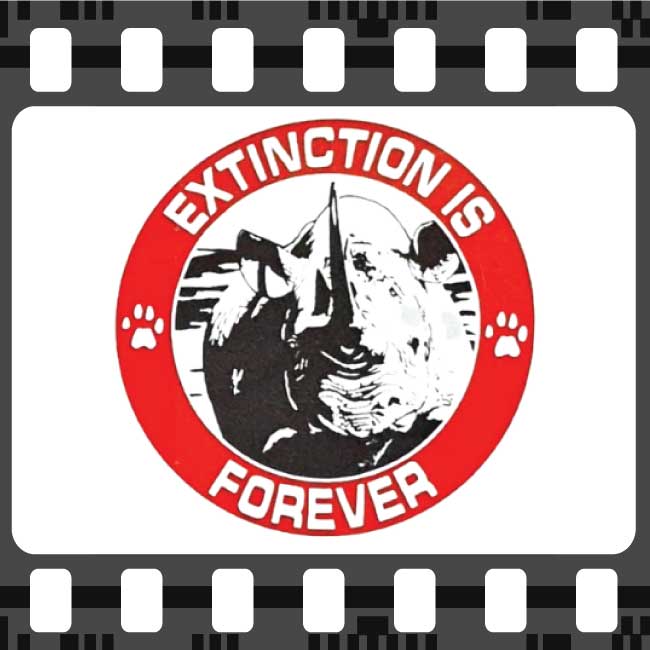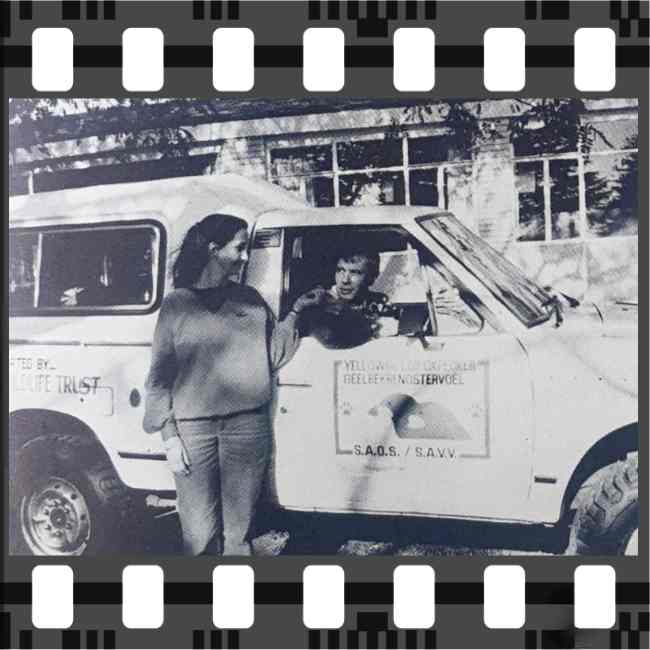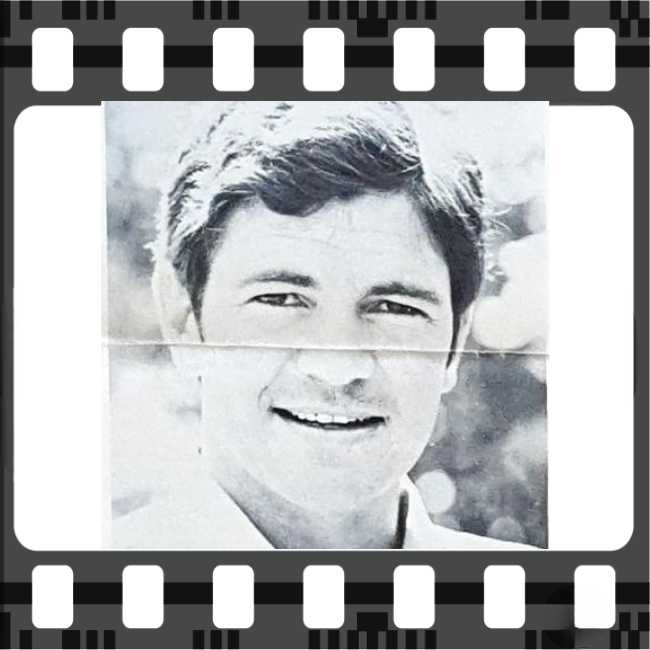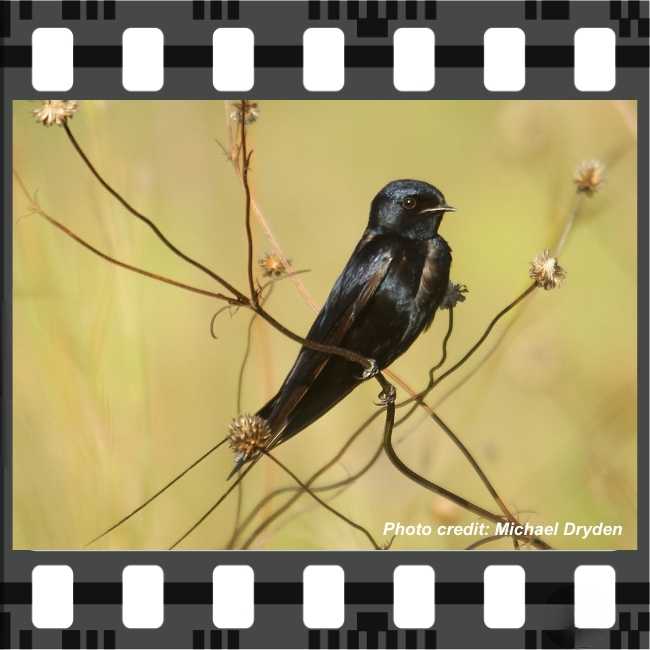50 years of conservation
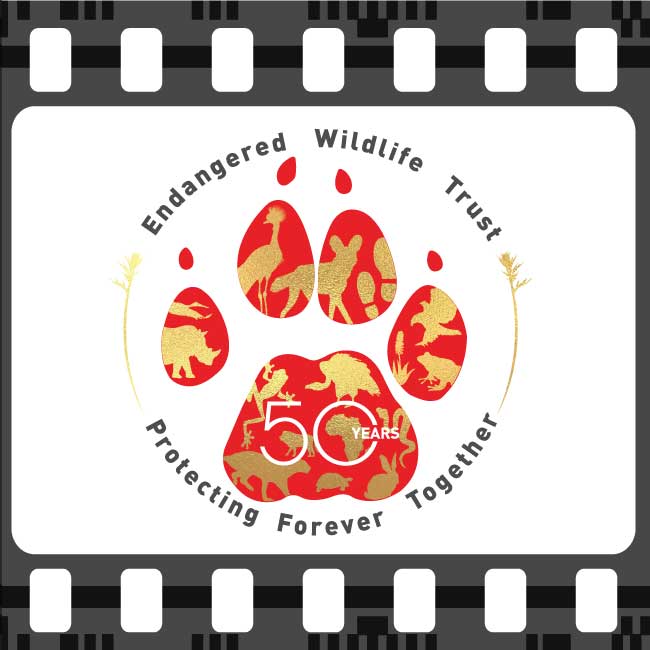
Our planet may be ailing, but our spirits are not. We are powerful, passionate and energetic. We have solutions and knowledge and we CAN turn the tide.
A word from the ceo
Yolan Friedmann
On behalf of the Endangered Wildlife Trust Board of Trustees may I welcome you all, on this chilly autumn evening, to this prestigious event, a celebration of 50 years of conservation in action.
Good evening Minister Creecy, Minister for Fisheries, Forests and the Environment. Welcome to David Freeman, First Secretary for Environment, Science, Technology, Health, and Minerals, U.S. Embassy Pretoria.
Good evening to the EWT founders that are here with us tonight Clive Walker and James Clarke and our previous CEOs Dr John Ledger and Prof Nick King, all the way from the United Kingdom.
To our Board of Trusteesand the Chairman of the Board, Muhammad Seedat and
To all past Trustees who have played such a pivotal role in forming the EWT, some of whom have travelled many miles to be with us tonight.
Welcome to the many donors, associates, colleagues, friends, members of the media and our highly valued partners who are with us tonight.
And last but never ever least: welcome to the staff of the Endangered Wildlife Trust, past and present. Our greatest assets.
You are all welcome.
Introduction
Clive Walker, Founder, the Endangered Wildlife Trust
In May of 1973, I was fortunate enough to be among the artists invited to the United States to attend a hunters’ convention held by Game Conservation International in San Antonio, Texas. As I read Ian Player’s White Rhino Saga high above the Atlantic Ocean aboard a Varig 707 while en route with Conita to this conference, little did I realise that for us, the meeting would prove such a significant point of convergence between art and conservation. The trip was a milestone in my life and the launch pad for our next fifteen years of work: two events during that trip led directly to the founding of the Endangered Wildlife Trust.
The first was the inspiration arising from highly effective fundraising by the famous British painter David Shepherd using his painting Tiger Fire. Could we try something similar in South Africa? Second, on our way home via New York, Conita and I paid a visit to the Bronx Zoo. Riding the subway from Manhattan to the Bronx was an experience in itself. As we looked at the subway trains with their graffiti and desperate people and the dangerous jungle that civilisation has brought upon us, the African bush seemed so far away, so uncomplicated, so simple and natural. On the side of the tiger’s cage at the zoo we read that its breed was the world’s largest cat and that there were only 150 left in their native wild. The sign went on: “There are 300 known Rembrandt paintings in existence and the last sold in New York went for $1 million. How much do you think a Siberian Tiger is worth?”
I never forgot that. It ignited the flame out of which the Endangered Wildlife Trust was born.
Read more about Clive’s journey to conservation here.
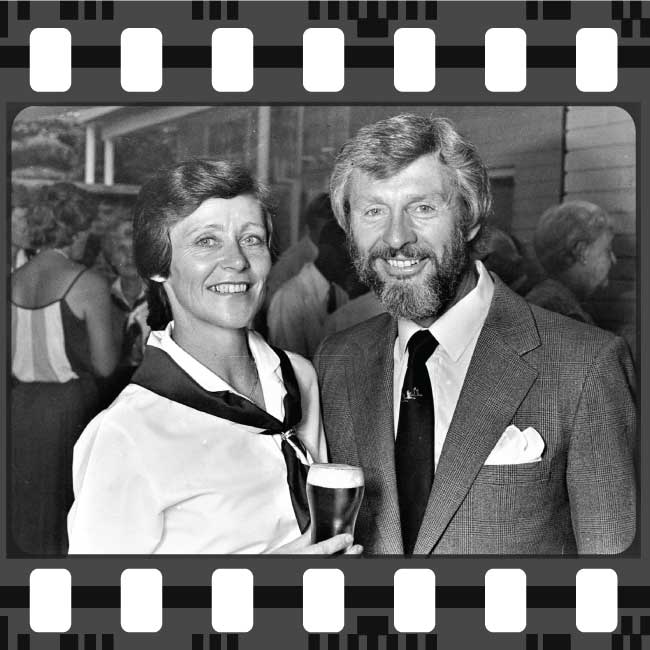
I am proud to have been part of a team of scientists, researchers,
field workers, men and women, fundraisers, administrative staff and
Trustees who have made up the core of the Trust’s important role over
these past forty years. We are all part of a global family and our village is the environment.
Celebrating 50 years of conservation
What began as one man’s dream has grown into an unstoppable force in the fight against extinction. For half a century, the Endangered Wildlife Trust has made immeasurable strides in wildlife conservation, thanks to the dedication of staff, partners, and supporters. Each person involved has left a lasting legacy—inspiring new generations of conservation leaders, advocates, and changemakers.
Why Conservation Matters for Everyone
Conservation is more than just protecting animals—it’s about safeguarding our natural heritage, resources, and culture. It ensures access to clean air, water, and food, while also nurturing our connection to the Earth. At the Endangered Wildlife Trust, we believe in a just and sustainable world where both wildlife and people thrive.
Our mission goes beyond saving species—we fight for the fundamental human right to a healthy environment. For us, conservation is a calling, a privilege, and a way of life. And the best part? Real change starts with each of us. Through education, collaboration, and passion, we can protect our planet—together.
A Look Back at 50 Years of Impact
As we reflect on five decades of conservation milestones, we thank you for being part of this journey. Your support has driven real, lasting change—and we hope you’ll continue standing with us for the next 50 years. The future of wildlife depends on all of us.
Join us in protecting forever.
